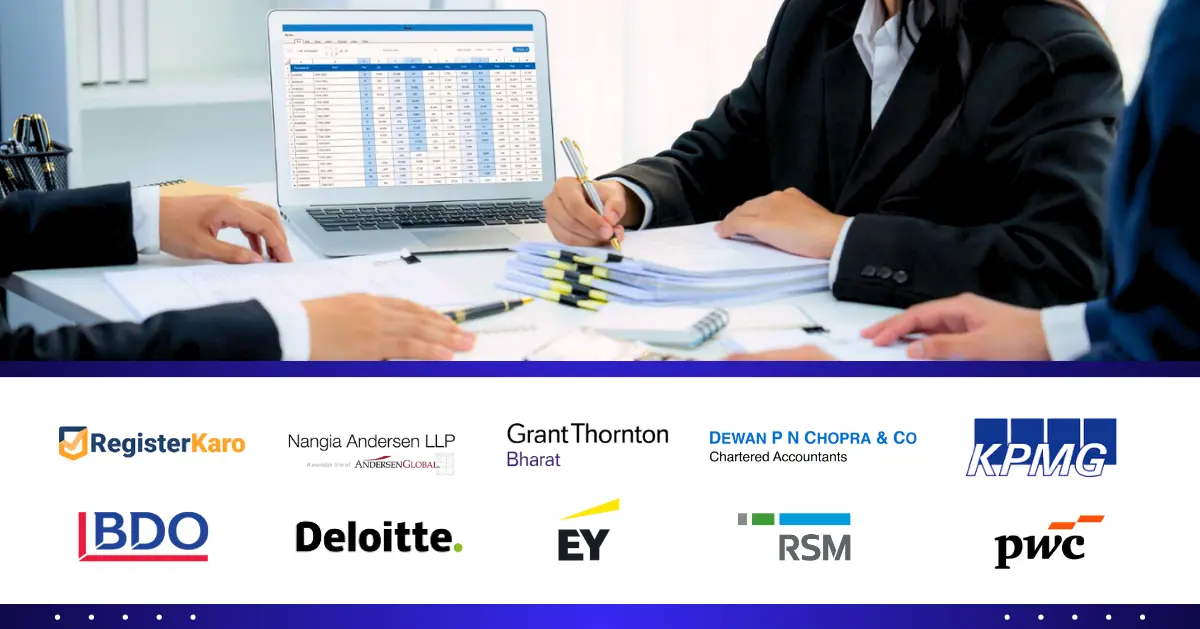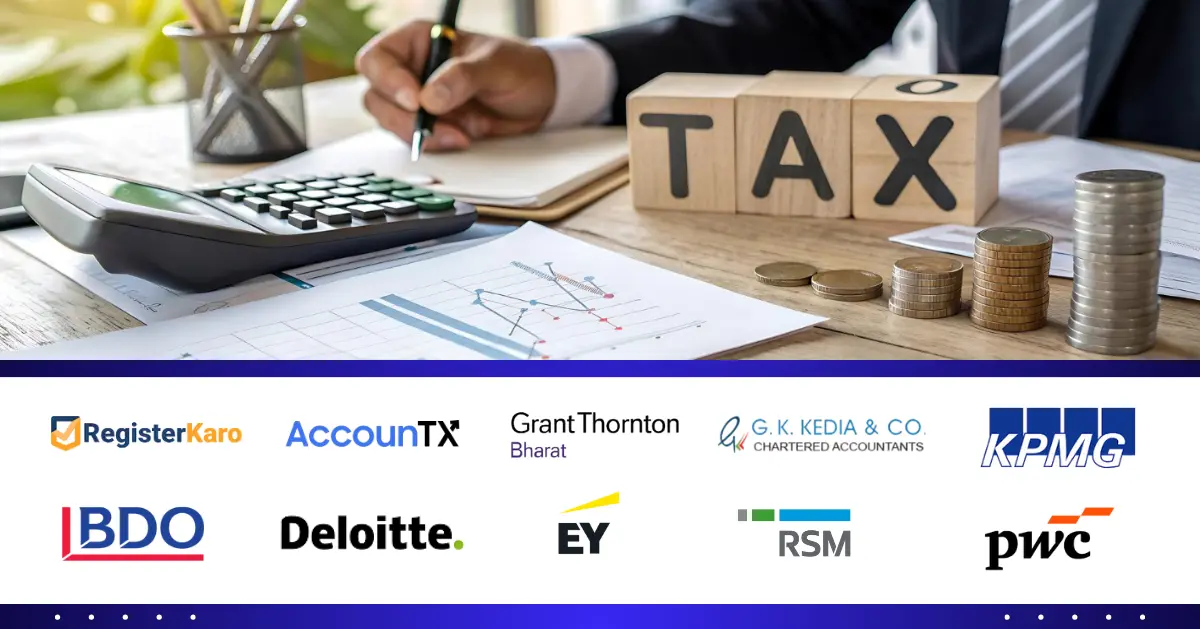
Introduction
Futures and Options (F&O) trading has gained immense popularity among traders seeking to capitalize on market movements, hedge risks, or diversify their investment strategies. Unlike traditional stock trading, where capital gains tax applies, F&O trading is treated as business income under Indian tax laws. This classification significantly impacts F&O tax calculation, influencing turnover determination, tax audit requirements, and allowable deductions.
For traders, understanding the taxation of futures and options transactions is essential to ensure compliance with tax regulations and optimize tax liability. Whether you are a retail investor, a professional trader, or someone new to trading, knowing how turnover calculation works, what expenses can be deducted, and when a tax audit is required can help you avoid penalties and maximize profits.
This guide will provide an in-depth look at F&O tax calculation, covering how F&O income is classified and taxed, the correct method for turnover calculation in F&O trading, when a tax audit is required, and how to determine eligibility, deductions, and expenses that can be claimed to reduce tax liability, and the process of filing tax returns for F&O transactions effectively. By the end of this guide, you will have a clear understanding of how F&O taxation works and how to manage your taxes efficiently while staying compliant with financial regulations.
Also Read: The Definitive Guide To Professional Tax Registration | RegisterKaro
What Are Futures and Options in Trading?
Futures and Options (F&O) are derivative contracts where traders speculate on the price movement of an underlying asset, such as stocks, commodities, or indices.
- Futures Contracts: A legally binding agreement to buy or sell an asset at a predetermined price on a specific future date.
- Options Contracts: A financial contract granting the buyer the right, but not the obligation, to buy or sell an asset at a fixed price within a set period.
F&O trading attracts traders due to its potential for high returns, but it also involves taxation complexities that every trader must understand, including accurate F&O tax calculation.
How is F&O Income Classified Under the Income Tax Act?
F&O income is treated as business income, even for individuals who engage in trading occasionally. This classification has significant tax implications:
- Taxable as per individual slab rates: The total F&O profit is added to other sources of income and taxed accordingly.
- Losses can be carried forward: Losses incurred in F&O trading can be carried forward for up to 8 years, but they can only be adjusted against future business income.
- Tax Audit Applicability: Depending on turnover calculation, F&O traders may require a tax audit under Section 44AB of the Income Tax Act.
How to Calculate Turnover for F&O Trading?
The turnover calculation for F&O trading is different from equity trading. It is calculated as follows:
- The sum of Absolute Profits and Losses: The absolute total of all positive and negative trades in F&O trading must be considered.
- Premium Received on Options Sales: The premium earned from selling options is included in turnover.
- Reverse Trades (Squared-off Transactions): The difference between the purchase and sale price of contracts is considered.
Example:
- If you earn ₹60,000 from one trade and lose ₹40,000 in another, your turnover is ₹1,00,000 (absolute sum of profits and losses).
When is a Tax Audit Required for F&O Trading?
A tax audit is required under Section 44AB in the following cases:
- If F&O turnover exceeds ₹1 crore in a financial year.
- If the turnover calculation is below ₹1 crore but the trader declares profit below 6% of turnover and the total taxable income is above ₹2.5 lakh.
- If the trader opts for presumptive taxation under Section 44AD, they must declare at least 6% of turnover as income (for digital transactions) and file taxes accordingly.
What Expenses Can Be Deducted from F&O Income?
Since F&O trading is classified as business income, traders can claim deductions on expenses incurred for trading. Some common deductions include:
- Brokerage charges and commissions
- Internet, data, and trading platform costs
- Subscription fees for market research tools
- Office rent (if trading from a dedicated office space)
- Depreciation on laptops, desktops, and other trading equipment
Claiming these deductions effectively reduces taxable income, thereby minimizing F&O tax calculation liability.
How to File Income Tax Returns for F&O Trading Income?
Filing tax returns for F&O trading requires attention to detail. Here’s a step-by-step process:
- Choose the Correct ITR Form: Use ITR-3, which is meant for individuals and HUFs with business income.
- Report Turnover Accurately: Include the correct turnover calculation in your tax filing.
- Declare Business Expenses: Deduct all eligible expenses to reduce taxable income.
- Include Audit Details (if applicable): If a tax audit is required, get it completed before filing returns.
- Carry Forward Losses: If you have incurred losses, report them to carry them forward for future tax benefits.
- Pay Advance Tax: If total tax liability exceeds ₹10,000, advance tax must be paid in installments.
Common Mistakes to Avoid in Tax Filing for F&O Trading
Many traders make errors while filing taxes, leading to penalties or lost benefits. Here are some key mistakes to avoid:
- Incorrect Turnover Calculation: Misreporting turnover can result in unnecessary audits.
- Failure to Conduct a Tax Audit (If Applicable): Ignoring audit requirements can lead to penalties.
- Claiming Non-Eligible Deductions: Only business-related expenses should be deducted.
- Not Reporting Losses: Unreported losses cannot be carried forward for tax benefits.
What Are Some Tax Planning Tips for F&O Traders?
Effective tax planning helps traders optimize their tax liability while ensuring compliance. Here are some tips:
- Maintain Accurate Records: Keep track of all trades, expenses, and profits.
- Use Tax Software or a Chartered Accountant: This ensures proper filing and compliance.
- Opt for Presumptive Taxation (If Beneficial): Small traders with lower turnover may benefit from this scheme.
- File Returns on Time: Late filing results in penalties and loss of carry-forward benefits for losses.
Conclusion
Futures and Options trading can be a lucrative investment strategy, but it comes with tax obligations that traders must adhere to. Understanding F&O tax calculation, turnover calculation, audit applicability, and deductions ensures that traders can manage their finances effectively and avoid unnecessary penalties.
By maintaining accurate records, leveraging allowable deductions, and filing tax returns correctly, traders can legally minimize their tax burden while maximizing profits. Whether you are a frequent trader or an occasional investor, staying compliant with tax regulations is essential for sustainable financial growth.
Need help with tax filing for F&O trading? Reach out to trusted platforms like RegisterKaro and focus on what truly matters—growing your business. Contact our support team at support@registerkaro.in today.
Frequently Asked Questions (FAQs)
1. How is tax calculated on F&O trading?
Tax on F&O trading is calculated by adding the income from F&O trades to your total taxable income for the financial year. It is classified as non-speculative business income and taxed as per the applicable income tax slabs:
- For individuals, the slab rates range from 5% to 30%, depending on your total income.
- You can deduct expenses like brokerage fees, internet charges, and other business-related costs to reduce taxable income.
2. Is 30% tax on F&O true or false?
False. There is no flat 30% tax on F&O trading. The income from F&O is added to your total income and taxed according to the applicable income tax slab rates. For example:
- If your total income is below ₹2.5 lakh, you are exempt from tax.
- If your income exceeds ₹10 lakh, the tax rate is 30%.
3. How do you show F&O in income tax?
Income from F&O trading is reported under the “Income from Business and Profession” section in ITR-3. Here’s how you show it:
- Declare turnover (absolute sum of profits and losses).
- Deduct allowable expenses such as brokerage fees, advisory charges, etc.
- If applicable, report any losses to carry them forward for up to 8 years.
If a tax audit is required, include the audited financial statements.
4. How is option tax calculated?
Options trading is taxed as part of F&O income under non-speculative business income. Tax calculation involves:
- Determining profits or losses from all options trades.
- Calculating turnover: The absolute sum of gains and losses, along with premiums received on selling options.
- Adding this income to your total taxable income and taxing it as per the income slab rates.
5. How much trading profit is tax-free?
- For individuals: If your total income (including F&O income) is less than ₹2.5 lakh in a financial year, you do not have to pay tax.
- For senior citizens (above 60 years), the tax-free limit is ₹3 lakh.
6. How is profit calculated in F&O?
Profit in F&O trading is calculated as:
- Profit/Loss = Sale Value – Purchase Value – Expenses
Expenses may include brokerage fees, taxes, and other trading charges.
For options: - Include any premium received or paid during the trade.
For example, if you sold a contract for ₹1,20,000, bought it for ₹1,00,000, and incurred ₹2,000 in expenses:
Profit = ₹1,20,000 – ₹1,00,000 – ₹2,000 = ₹18,000




